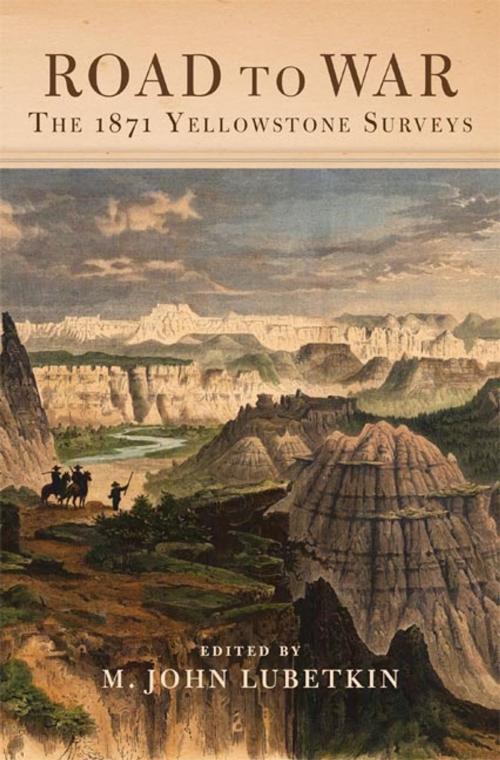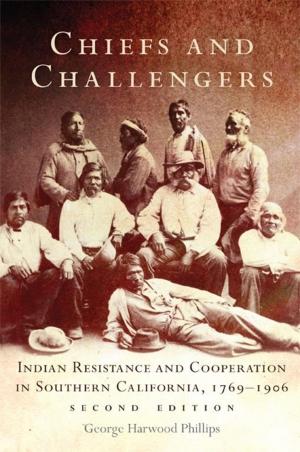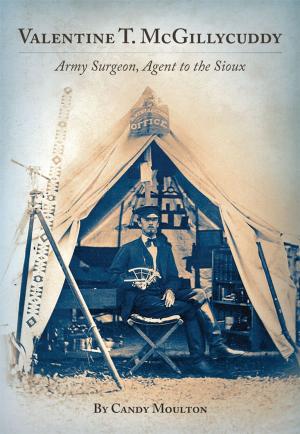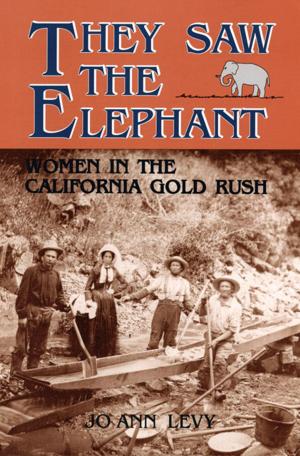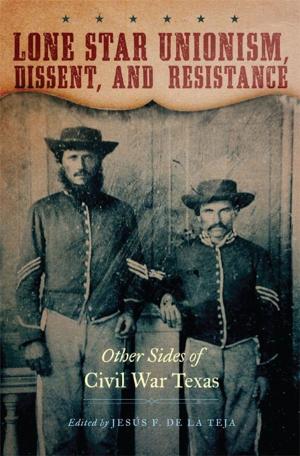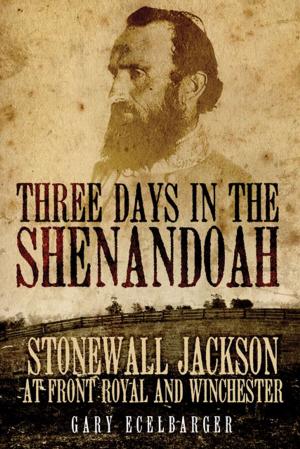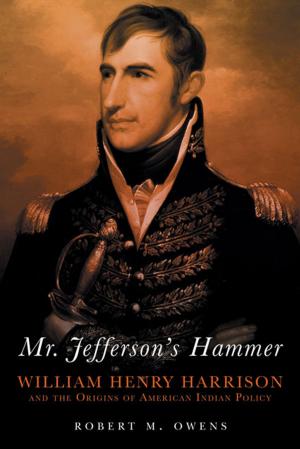| Author: | ISBN: | 9780806156675 | |
| Publisher: | University of Oklahoma Press | Publication: | November 17, 2016 |
| Imprint: | University of Oklahoma Press | Language: | English |
| Author: | |
| ISBN: | 9780806156675 |
| Publisher: | University of Oklahoma Press |
| Publication: | November 17, 2016 |
| Imprint: | University of Oklahoma Press |
| Language: | English |
By 1870, only one group of American Indians in the 300,000 square miles of the Dakota and Montana Territories still held firm against being placed on reservations: a few thousand Teton Sioux and Northern Cheyennes, all followers of the charismatic Sitting Bull. It was then that Philadelphia’s Jay Cooke, “the financier of the Civil War,” a man who believed that he was “God’s chosen instrument,” funded a second transcontinental railroad. This line, the Northern Pacific, would follow the Yellowstone River through Montana, separating the last buffalo herds from Sitting Bull’s people and disrupting their way of life.
Road to War tells the fascinating story of the inevitable clash of wills between a fierce, proud people fighting to retain their traditional way of life and a devout man who, with the full support of President Ulysses S. Grant’s administration and the U.S. Army, was intent on carrying out what he believed to be God’s will and America’s destiny.
The chronological first of three volumes documenting the Northern Pacific’s Yellowstone valley surveys between 1871 and 1873, Road to War tells its story through excerpts from unpublished letters, diaries, official reports, and period newspapers that reflect the never-ending intrigue, corruption and profiteering, politics, and unanticipated physical hardships. Lubetkin shows the railroad’s drive west, along with the rough humor and profanity of railroad managers, alcoholic army officers, apprehensive Indian agents, and especially the young surveyors working in intolerable heat, swamps, and arctic cold. All these details tell the real story of building a railroad while keeping an eye open for Sitting Bull’s warriors.
Road to War shows history as it really unfolded on the western plains. Although the Indians’ former way of life was coming to an end, it would not come quietly.
By 1870, only one group of American Indians in the 300,000 square miles of the Dakota and Montana Territories still held firm against being placed on reservations: a few thousand Teton Sioux and Northern Cheyennes, all followers of the charismatic Sitting Bull. It was then that Philadelphia’s Jay Cooke, “the financier of the Civil War,” a man who believed that he was “God’s chosen instrument,” funded a second transcontinental railroad. This line, the Northern Pacific, would follow the Yellowstone River through Montana, separating the last buffalo herds from Sitting Bull’s people and disrupting their way of life.
Road to War tells the fascinating story of the inevitable clash of wills between a fierce, proud people fighting to retain their traditional way of life and a devout man who, with the full support of President Ulysses S. Grant’s administration and the U.S. Army, was intent on carrying out what he believed to be God’s will and America’s destiny.
The chronological first of three volumes documenting the Northern Pacific’s Yellowstone valley surveys between 1871 and 1873, Road to War tells its story through excerpts from unpublished letters, diaries, official reports, and period newspapers that reflect the never-ending intrigue, corruption and profiteering, politics, and unanticipated physical hardships. Lubetkin shows the railroad’s drive west, along with the rough humor and profanity of railroad managers, alcoholic army officers, apprehensive Indian agents, and especially the young surveyors working in intolerable heat, swamps, and arctic cold. All these details tell the real story of building a railroad while keeping an eye open for Sitting Bull’s warriors.
Road to War shows history as it really unfolded on the western plains. Although the Indians’ former way of life was coming to an end, it would not come quietly.
